Maharashtra, known for its rich cultural tapestry and culinary innovations, has recently imposed a ban on liquor chocolates. This move has sparked conversations and debates regarding the implications for consumers and the confectionery industry. In this blog, we will explore why liquor chocolates are prohibited in Maharashtra, the reasons behind the ban, and its potential impact on the market.
1. What Are Liquor Chocolates?
- Definition: Liquor chocolates are confectioneries infused with alcoholic beverages, providing a unique taste experience that combines the richness of chocolate with the flavors of various spirits.
- Popular Varieties: These chocolates come in various forms, including truffles, pralines, and bars, often containing popular liquors such as rum, whiskey, and vodka.
2. Reasons for the Ban
- Regulatory Compliance: The Maharashtra government has strict regulations regarding the sale and distribution of alcohol. The inclusion of alcohol in chocolates raised concerns about compliance with these regulations.
- Public Health Concerns: Authorities expressed worries about the potential for alcohol consumption among minors and the overall public health implications of easily accessible liquor-infused products.
- Cultural Sensitivity: Given the diverse cultural landscape of Maharashtra, the ban reflects an effort to respect community norms and values surrounding alcohol consumption.
3. Impact on the Confectionery Industry
- Market Shift: The prohibition of liquor chocolates will force manufacturers and retailers to adapt their product lines, potentially leading to a decrease in sales for brands specializing in these products.
- Innovation Opportunities: While the ban poses challenges, it also opens doors for new product innovations, encouraging brands to explore alcohol-free alternatives or different flavor combinations.
4. Consumer Response
- Public Opinion: The ban has generated mixed reactions among consumers. While some support the decision for health and cultural reasons, others lament the loss of a unique culinary experience.
- Awareness Campaigns: In light of the ban, businesses may engage in awareness campaigns to educate consumers about responsible consumption and the reasons behind the prohibition.
5. Future Prospects
- Legislative Developments: As the market adjusts to the new regulations, it remains to be seen whether other states will follow Maharashtra’s lead or if the ban will spark discussions around reforming alcohol-related laws.
- Consumer Trends: The shift away from liquor chocolates may lead to increased interest in premium, non-alcoholic confectioneries, as consumers seek indulgence without alcohol.
Conclusion
The prohibition of liquor chocolates in Maharashtra marks a significant shift in the state’s approach to alcohol regulation within the food and beverage sector. While it poses challenges for the confectionery industry, it also encourages innovation and fosters a dialogue around responsible consumption. As consumers navigate this new landscape, it will be interesting to see how the market evolves in response to these changes.


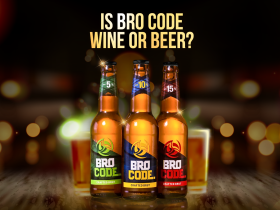


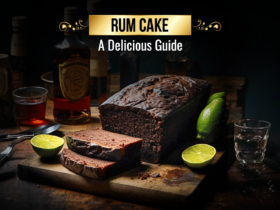


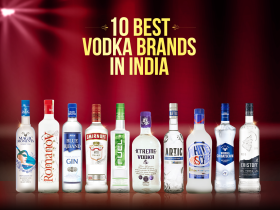
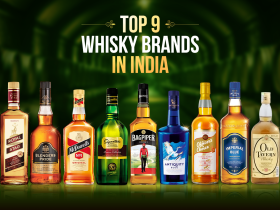






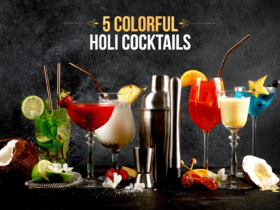


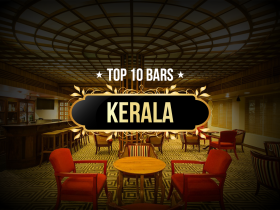
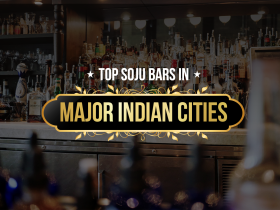





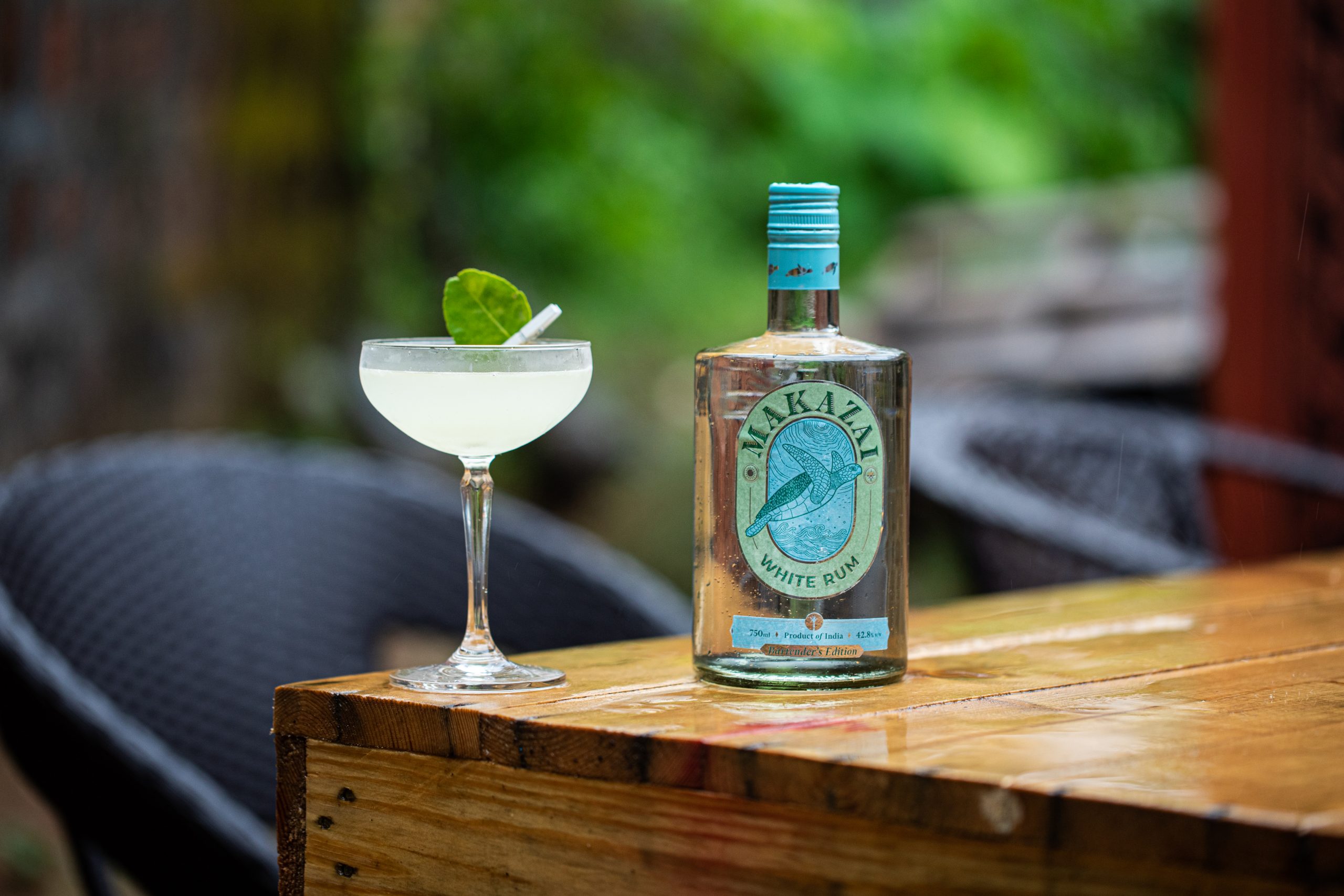
Leave a Reply